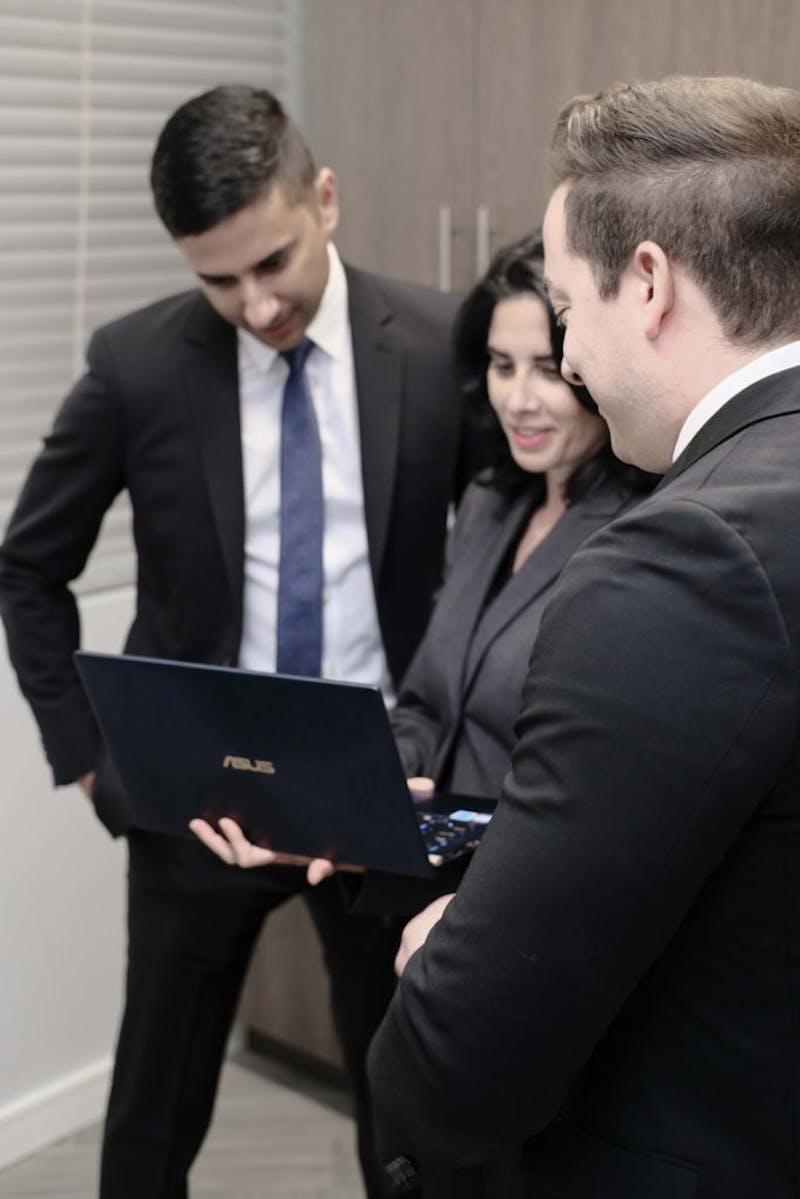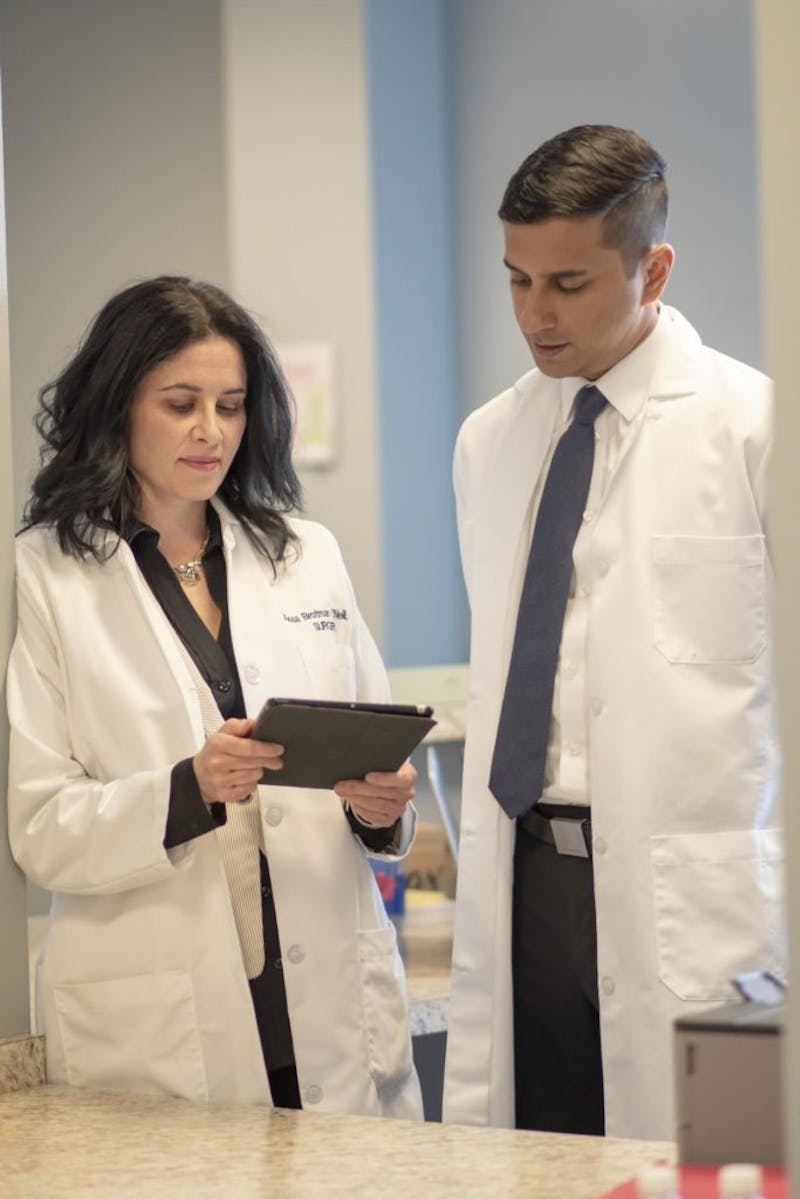How To Find The Best Varicose Vein Doctor in Paramus, NJ
The Best Vein Doctor in Varicose Vein Doctor in Paramus, NJA varicose vein doctor today can be just about anyone possessing an MD or DO. Vein practices are sometimes managed by family medicine doctors, dermatologists, and even anesthesiologists despite the lack of any fo...
View More


